Nature reports
Page 49 of 74 - 733 Results

The use of systemic pesticides, such as several neonicotinoids, has been increasingly restricted in Europe, due to side effects on especially bees. Now, negative effects have also been demonstrated for fipronil. In the large..
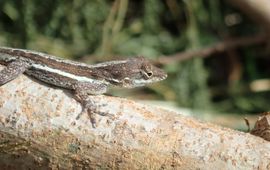
Two new research projects were set out to map the evolution and historical geographical migration of key amphibian and reptile species within the Lesser Antilles. Understanding critical differences between similar species and how..
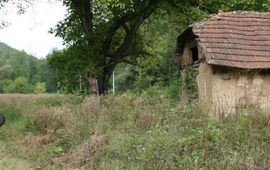
Recently the decline of insects has been highlighted as one of the main crises in biodiversity conservation. Butterflies are one of the groups of insects that are popular, colourful and easy to identify. Everyone can help in..

Mister Muslim wears beautiful traditional clothing during his talk at the Paris Peace Forum. Being the leader of the Flora and Fauna Defenders Team (TPFF) in Aceh, Indonesia, he is invited at this global conference about peace to..
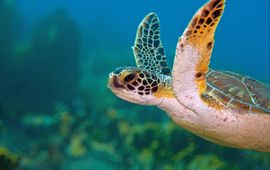
Researchers from the University of Groningen recently used genetic testing to identify the geographical birthplaces of green sea turtles foraging within Lac Bay, Bonaire between 2006-2007 and 2015-2016. There was an overall..
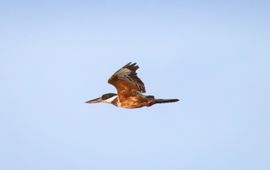
2019 proved to be an exciting year for birders on Bonaire, as three new species have been identified. The Brown-chested martin, White-collared swift and Ringed kingfisher were added to Bonaire’s increasing index of local birds...

From 5 to 20 December 2019, the Royal Netherlands Institute for Sea Research (NIOZ) and Wageningen Marine Research organized an expedition to the Saba Bank, close to the Dutch island of Saba in the Caribbean region. Experts on..
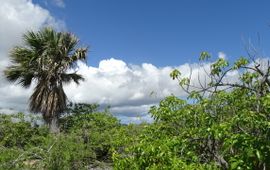
Vegetation scientists from Wageningen Environmental Research and Carmabi visited Bonaire in November to study the succession of the vegetation. Several plots that were described twenty years ago were resurveyed. The study is part..

It’s no secret that many insect species are decreasing worldwide. We could fix these insects’ problems, according to more than 70 scientists from 21 countries. Their road map to insect conservation and recovery was published in..

A 2004-2005 study led by a researcher from the California Academy of Science worked to catalog arachnid species (such as spiders and scorpions) on Aruba, Bonaire and Curacao. The recently published results in the Caribbean..
